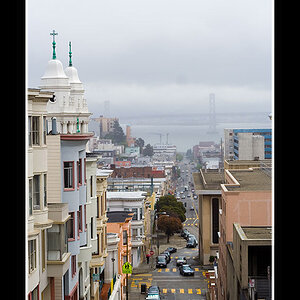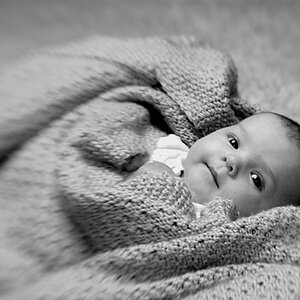nealjpage
multi format master in a film geek package
- Joined
- Sep 16, 2005
- Messages
- 3,479
- Reaction score
- 1
- Location
- Oregon
- Website
- www.myspace.com
- Can others edit my Photos
- Photos OK to edit
I'm thinking of getting into large-format photography and need a bit of help here. My uncle has an old Speed Graphic camera from the '50s that he said I could have--he doesn't use it because he says he can't find film for it. Size is 2.25x3.25. All B&H lists are sizes 4x5 and larger. Is there an outlet for the smaller film or should I just watch ebay for a 4x5 camera? Or do I build some sort of jig to cut film down to size in a darkroom?:meh:




![[No title]](/data/xfmg/thumbnail/40/40305-2fbdc00adce4fac5e62dccb3f6f9c633.jpg?1619739413)

![[No title]](/data/xfmg/thumbnail/39/39499-b11b4321c0f029e3a5523ccab621b71c.jpg?1619739057)
![[No title]](/data/xfmg/thumbnail/39/39501-c3f6a664311b0a3868b613f963809fb1.jpg?1619739058)




![[No title]](/data/xfmg/thumbnail/34/34123-da7d55491fec06595061191321c92646.jpg?1619736293)


